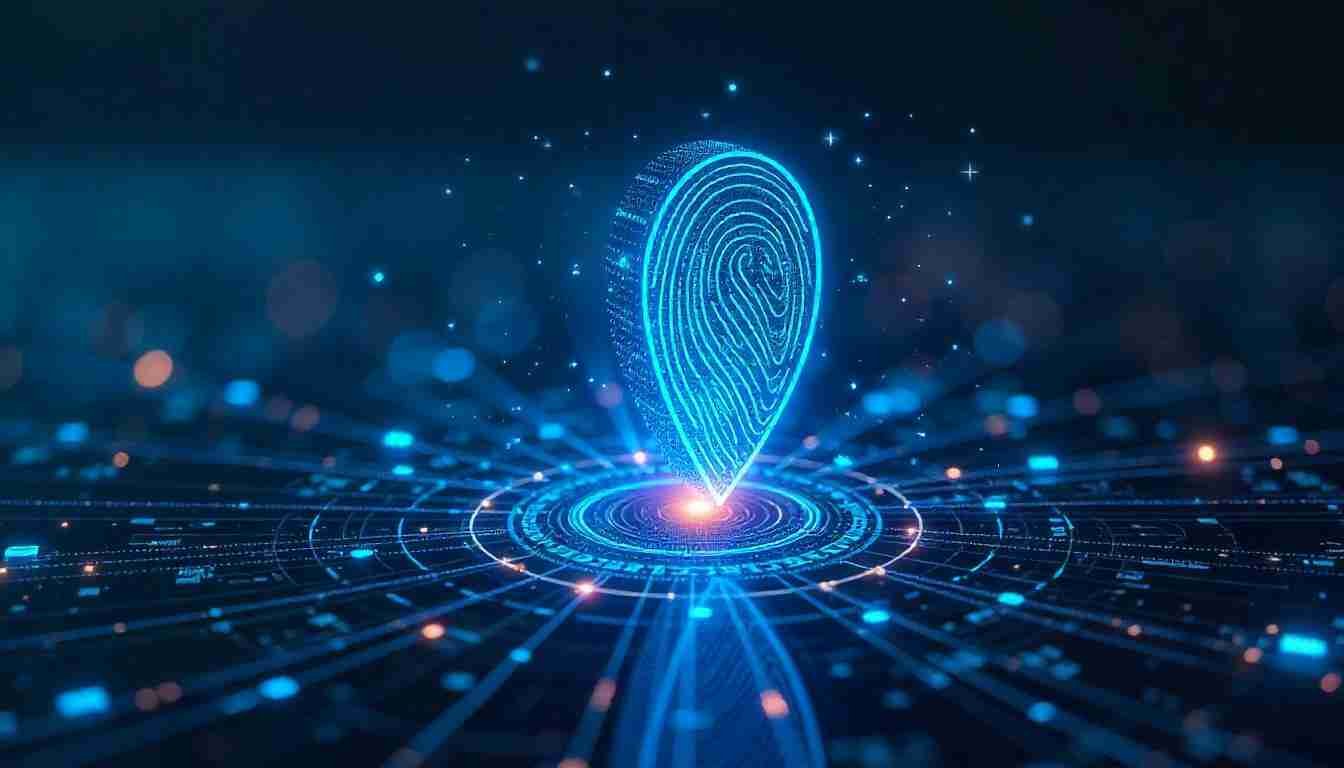
Passwordless Authentication: Exploring New Possibilities
In an increasingly digital world, the traditional password is becoming a relic of the past. Its inherent weaknesses, from susceptibility to phishing attacks to the inconvenience of remembering complex strings of characters, have paved the way for a new era: passwordless authentication. This evolution in security offers a more secure and user-friendly approach to accessing our digital lives.
Understanding the Need for Change
Passwords have long been the gatekeepers of our online accounts. However, they are plagued by vulnerabilities:
- Human Fallibility: We often choose weak, easily guessable passwords or reuse them across multiple platforms, making us easy targets for cybercriminals.
- Phishing Attacks: Deceptive tactics can trick us into revealing our passwords, granting unauthorized access to our accounts.
- Data Breaches: Even with strong passwords, large-scale data breaches can expose our credentials, compromising our security.
Passwordless authentication addresses these concerns by eliminating the password altogether, relying instead on more secure methods to verify our identity.
Methods of Passwordless Authentication
Several methods are driving the passwordless revolution:
- Biometrics: Leveraging unique biological traits like fingerprints, facial recognition, or iris scans, biometrics offer a convenient and secure way to authenticate users.
- Hardware Tokens: Physical devices, such as security keys or smart cards, provide a strong layer of security by requiring possession of the token for authentication.
- Magic Links: These unique, time-limited links are sent to the user's email or phone, granting access without a password.
- One-Time Passwords (OTPs): Generated by authenticator apps or sent via SMS, OTPs provide a temporary code for authentication.
- Multi-factor Authentication (MFA): While not strictly passwordless, MFA adds an extra layer of security by requiring multiple factors for verification, such as a password and a biometric scan.
Benefits of Going Passwordless
The advantages of passwordless authentication are numerous:
- Enhanced Security: By removing the password, the primary target of cyberattacks is eliminated, significantly reducing the risk of breaches.
- Improved User Experience: Passwordless methods are often more convenient and faster than traditional passwords, streamlining the login process.
- Reduced IT Costs: Eliminating password resets and managing password-related issues can save organizations time and resources.
- Increased Productivity: Users can access their accounts quickly and easily, improving workflow and efficiency.
Implementing Passwordless Authentication
Transitioning to a passwordless system requires careful planning and implementation:
- Choose the right method: The optimal approach depends on the specific needs and security requirements of the organization or individual.
- Educate users: Provide clear instructions and support to ensure a smooth transition and user adoption.
- Prioritize security: Implement robust security measures to protect user data and prevent unauthorized access.
- Stay updated: The field of passwordless authentication is constantly evolving, so staying informed about the latest technologies and best practices is crucial.
The Future of Passwordless Authentication
Passwordless authentication is poised to become the standard for online security. As technology continues to advance, we can expect even more innovative and secure methods to emerge.
The FIDO Alliance, a consortium of industry leaders, is playing a key role in developing open standards for passwordless authentication, promoting interoperability and adoption across different platforms and devices.
Conclusion
Passwordless authentication represents a significant step forward in online security. By eliminating the vulnerabilities associated with traditional passwords, it offers a more secure, user-friendly, and efficient way to access our digital world. As we embrace this new era of authentication, we can look forward to a future where our online interactions are safer and more seamless than ever before.
Helpful External Links:
- FIDO Alliance: https://fidoalliance.org/
- Microsoft Passwordless Authentication: https://www.microsoft.com/en-us/security/business/solutions/passwordless-authentication
- StrongDM: What is Passwordless Authentication? https://www.strongdm.com/blog/passwordless-authentication
- SSH.com: Exploring Passwordless Authentication: https://www.ssh.com/academy/secrets-management/exploring-passwordless-authentication-options-explained
- Trio MDM: 7 Passwordless Authentication Methods You Should Know: https://www.trio.so/blog/passwordless-authentication-methods/